As the digital age continues to shape our lives, introducing coding to the next generation has evolved into a booming industry. Just consider the coding apps for kids, educational toys and robots, specialized handbooks, textbooks, coding competitions, and tutoring services available today.
However, the best approach to teaching coding isn’t always clear – and there’s even debate over whether coding should be a universal skill for everyone. Beyond choosing which programming language to start with, many wonder if coding will truly be essential for all, and if so, what teaching methods will set today’s kids up for success in the future digital landscape.
Learning Programming: 10 Misconceptions That Are Not True
There are plenty of misconceptions and myths surrounding the art of programming. Many people view it as a... Read more
Discussing the Need to Teach Coding
Some articles aim to guide parents on raising the next Zuckerberg or Steve Jobs, while others strongly advise against it. There’s also widespread concern about future job prospects for those who can’t code, balanced by articles that question if coding truly needs to be a universal skill.
While many of these articles offer useful insights and are written with good intentions, the overall topic can feel overwhelming.
With the world changing rapidly and the future being uncertain, it’s difficult to know what’s truly best. However, there are definitely some common misconceptions that frequently appear in discussions about teaching kids to code.
Myth 1: Programming Starts at the Screen
Introducing very young children to screens isn’t always ideal, especially when they’re naturally active and curious. Fortunately, learning programming doesn’t have to begin on a computer.
At an early age, it’s more beneficial for kids to develop a special way of thinking that helps in fields requiring complex logic and advanced problem-solving skills, like programming.
The skill that builds the groundwork for their creative confidence is known as invention literacy. Kids can start learning it early by being encouraged to explore their surroundings and create new things.
Since most children are natural explorers, this isn’t difficult to foster. Often, simply allowing them to play freely and follow their interests is enough.
To dive deeper into how creative confidence can shape your child’s future, consider reading “Creating Innovators” by Tony Wagner, an inspiring book by a Harvard professor.
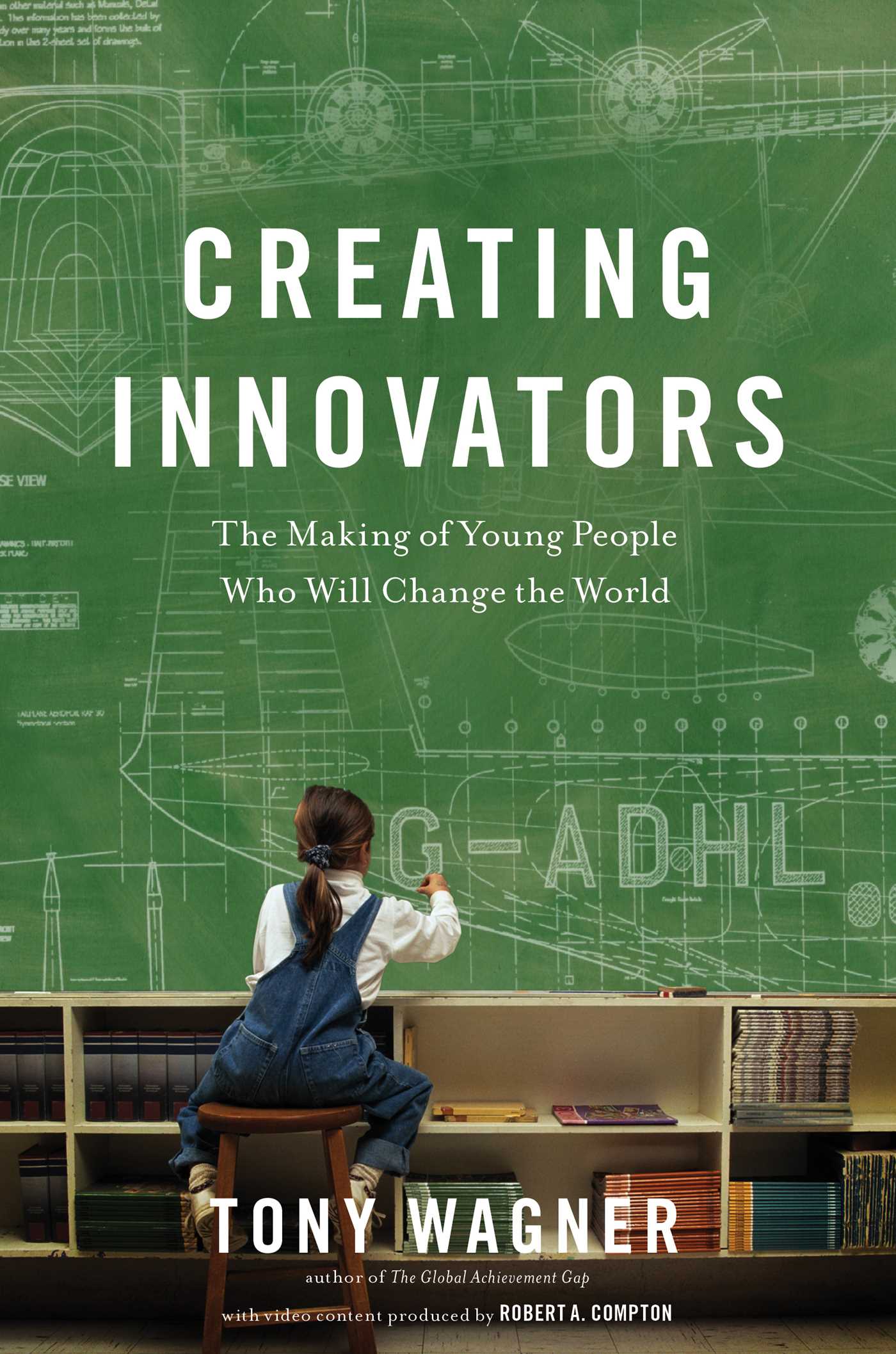
Myth 2: Coding Must Be Boring for Kids
Coding is only boring for kids if it’s taught to them the same way it’s taught to adults.
Today, there are many wonderful tools that use engaging and fun methods to teach programming to children. For example, Apple’s Swift Playgrounds introduces coding concepts gradually through interesting puzzles and immersive 3D graphics.
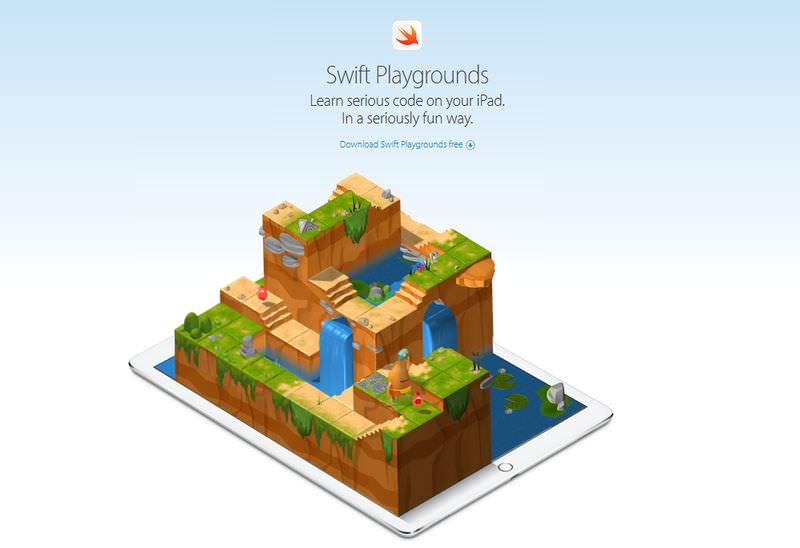
By using tools designed specifically for kids, they can start learning logic without needing to memorize commands or syntax at first.
These coding apps help them pick up logical thinking through play, gradually preparing them to work with real code as they progress.
10 Tools to Teach Kids Basics of Programming
We live in a digital era where gadgets from computers and smartphones to tablets have become an essential... Read more
Myth 3: They Need to Start at a Very Young Age
This topic goes beyond just determining the right age for kids to start programming; it also involves understanding what we define as programming.
Educational sites like Code.org offer activities for kids as young as 4-6 years old that develop basic logic and computational skills. However, many might not consider these activities to be “programming” in the traditional sense.
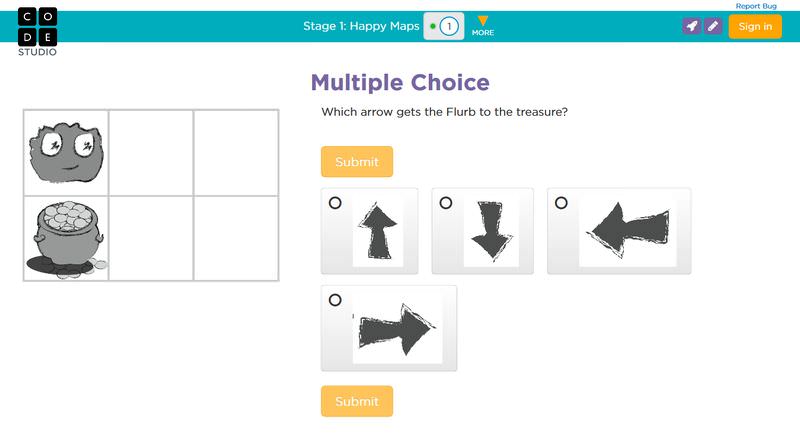
In this Venture Beat article, three IT experts share different opinions on whether it’s beneficial to introduce coding to very young children, each perspective influenced by their own definition of coding.
Generally, visual languages like Scratch, recommended for ages 8-16, can be challenging for children younger than elementary age, as they may still be developing reading, writing, and basic math skills.
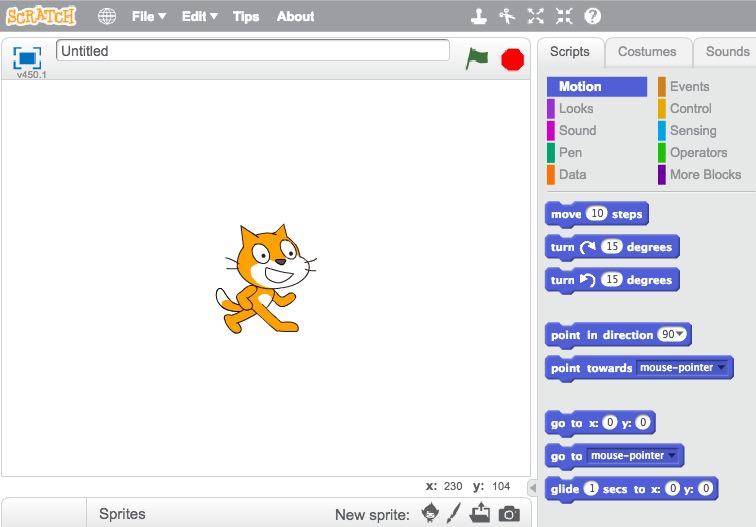
Moreover, many of today’s top programmers began coding in their early teens. For instance, Bill Gates started coding at 13, and Mark Zuckerberg was in 6th grade.
Myth 4: It’s Possible to Pick the Right Language
The question of which programming language is best to start with – or whether it should be a “real” language or a kid-friendly language – is widely debated.
When it comes to programming languages used in real-world applications, it’s often suggested to start with a language that has simple, clear syntax like Python or one that runs easily on most devices, such as JavaScript (which can be run directly in any web browser).
The truth is, there’s no single “right” language to pick, so there’s no need to overthink it.
First of all, there’s no one-size-fits-all solution. Each child may gravitate toward a different language – or may not enjoy programming at all, which is completely okay.
Furthermore, the tech landscape evolves so quickly that it’s difficult to predict which languages will be in demand by the time today’s kids enter the workforce.
Below is the TIOBE Programming Community Index, showing the popularity of different programming languages from 2002 to 2016.
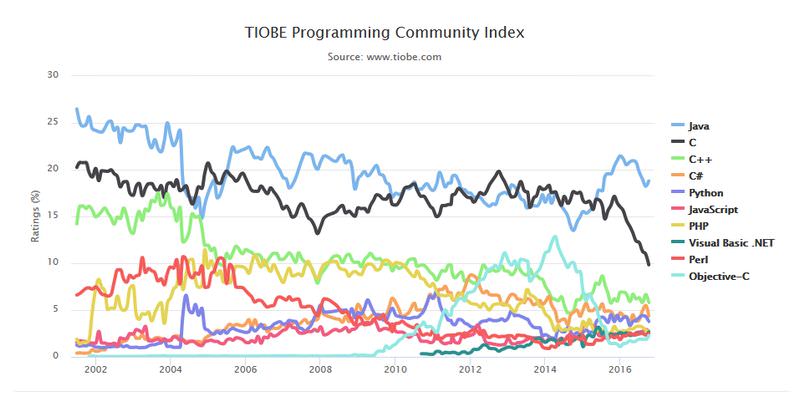
By the time your child is job-hunting, this chart will likely look very different – some languages may vanish, while new ones will likely emerge.
25 Most Bizarre Programming Languages
Some people say learning to program is hard, tedious and excruciating. It's like learning a new language, just... Read more
Programming is an area that usually involves lifelong learning, so the best approach is for kids to learn logic and fundamental concepts that are shared across languages.
Additionally, as the world keeps changing, soft skills like problem-solving, communication, and project management are increasingly valuable. Therefore, it’s often more beneficial to take a broad approach to programming rather than focusing on a single language.
Myth 5: In the Future, Everyone Will Have to Code
In the digital era, almost every job involves some use of technology. However, with the rise of user-friendly design, those in non-technical fields – like marketing, education, publishing, or healthcare – will probably not need to code as part of their roles.
So, if your child isn’t interested in coding, it’s not a setback; they can still thrive in other fields.
That said, digital literacy will be essential for everyone. A digitally literate person should be able to:
- safely and confidently use a variety of devices and software,
- understand how these tools work together,
- possess knowledge of tools like web publishing platforms, online communication tools, internet search, word processors, spreadsheets, content management systems, social media, image editing, productivity software, and more,
- and comprehend key concepts such as online privacy and digital rights and responsibilities.
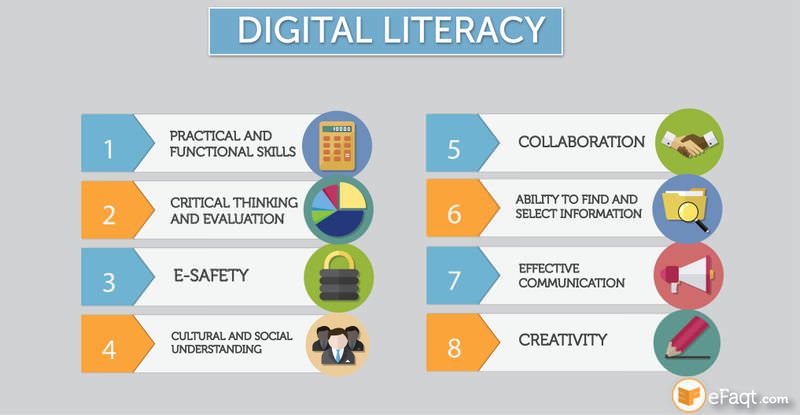
Digital Literacy Is More Important
Skills like programming, web development, and system administration aren’t typically included under digital literacy.
However, a basic understanding of coding can certainly enhance digital literacy, along with other valuable skills like problem-solving, critical thinking, and logic. It would be wonderful if kids could gain exposure to these skills in school.

Some argue that all kids should be taught basic coding, similar to how they learn reading, writing, and math, so we can identify any hidden talents early on.
Even if they don’t pursue careers in programming, they will certainly gain useful skills. However, picturing the future workplace as a place where everyone is expected to be proficient coders is unrealistic.

